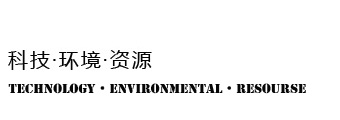California Announces Rigorous Revamp of State E-Scrap Program
In March 2016, CalRecycle had initiated a study to examine the then e-waste recycling conditions and to evaluate different options for the future management of e-waste in California.
The California Department of Resources Recycling and Recovery (CalRecycle) has adopted recommendations to bring about significant changes to the State’s existing e-scrap program. The proposed revamp to the program comes after 15 years of implementation of the current program and will incorporate necessary updates to keep up with rapidly changing e-waste stream.
It is more than 15 years since California passed the Electronic Waste Recycling Act of 2003 (SB 20). Californians has long been demanding periodic revision to the law in order to make it more effective. It was pointed out that the law has already become obsolete as it does not cover the range of new devices introduced into the market over the recent years. Further, the law was cited to lack provisions to address other issues. Consequently, the authorities had decided to conduct a detailed study to recommend necessary modifications to the existing law.
In March 2016, CalRecycle had initiated a study to examine the then e-waste recycling conditions and to evaluate different options for the future management of e-waste in California. The department had engaged with various stakeholders throughout this project to explore ways to step up e-waste recycling efforts.
The changes to the law will be based on the recommendations of the study report. According to the report, the State’s current e-waste management program covers only a portion of the devices that cause harm to public health and environment safety. The report recommends enhancements to include new devices into the program in order to prevent them from being illegally disposed or improperly managed. The report recommends increasing public education and outreach, especially on products that are newly added to the program.
The revamp is expected to increase manufacturer responsibilities, incentivize repair and reuse, support market development and change the fee collection from the retail level to the manufacturer level.







Leave a Comment